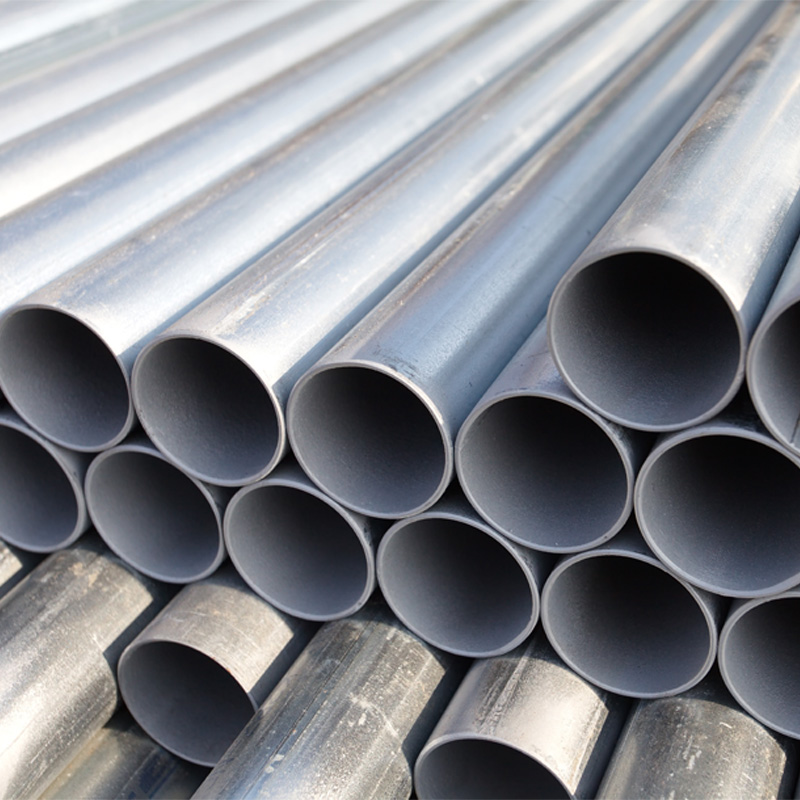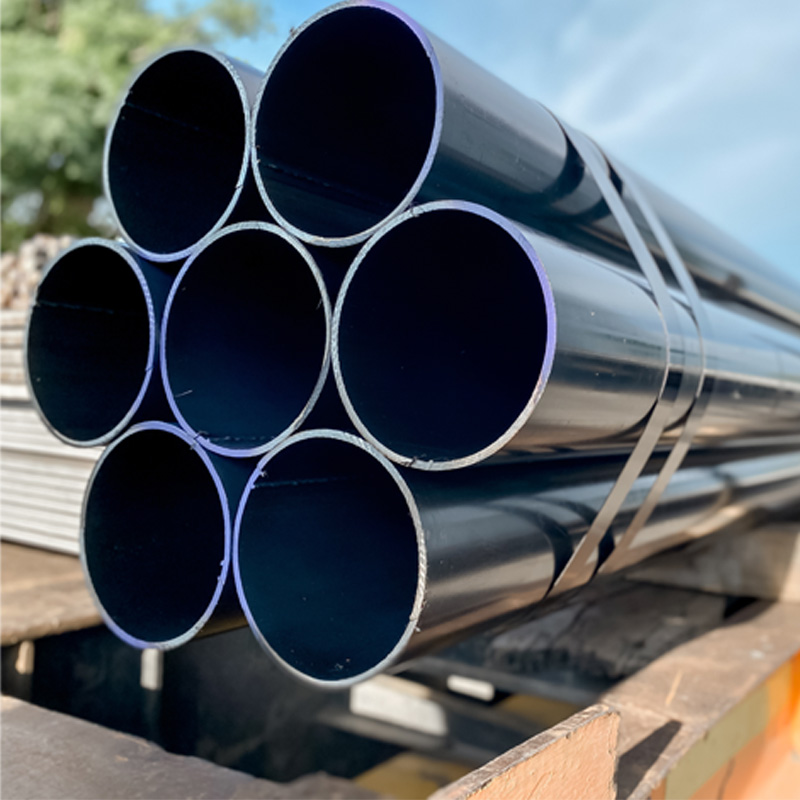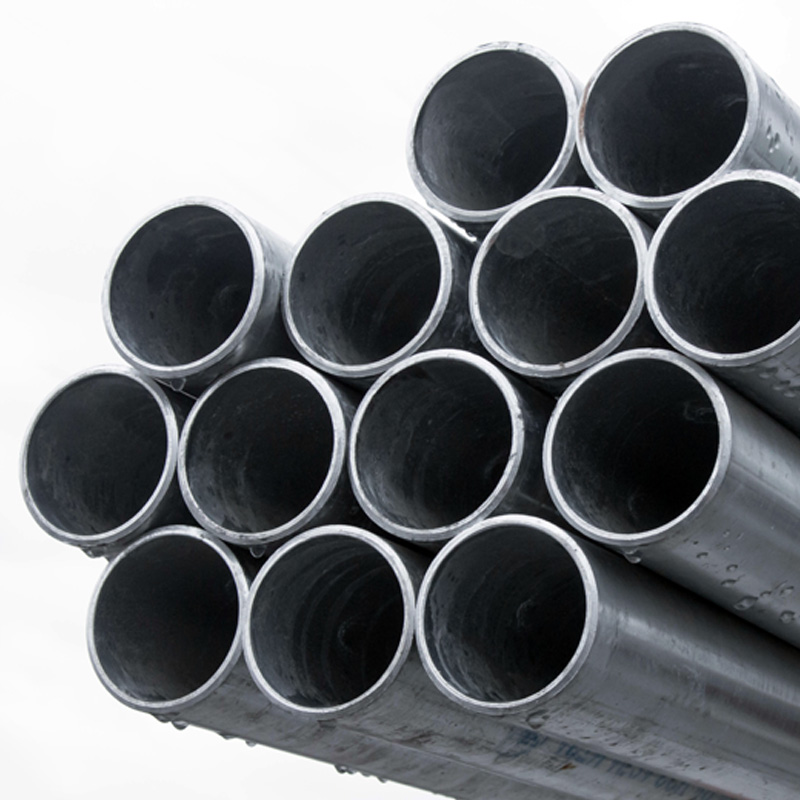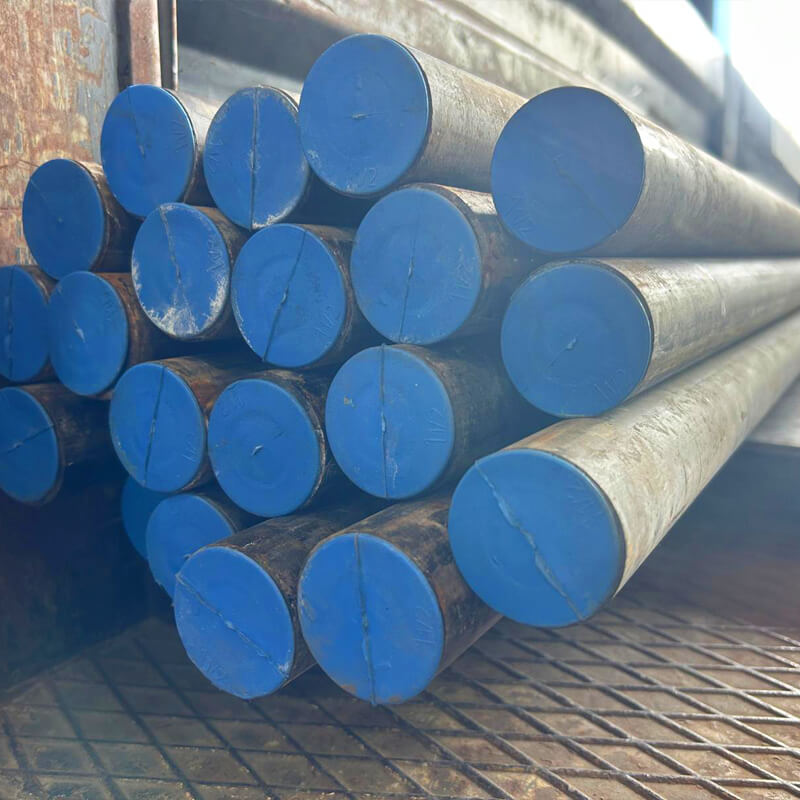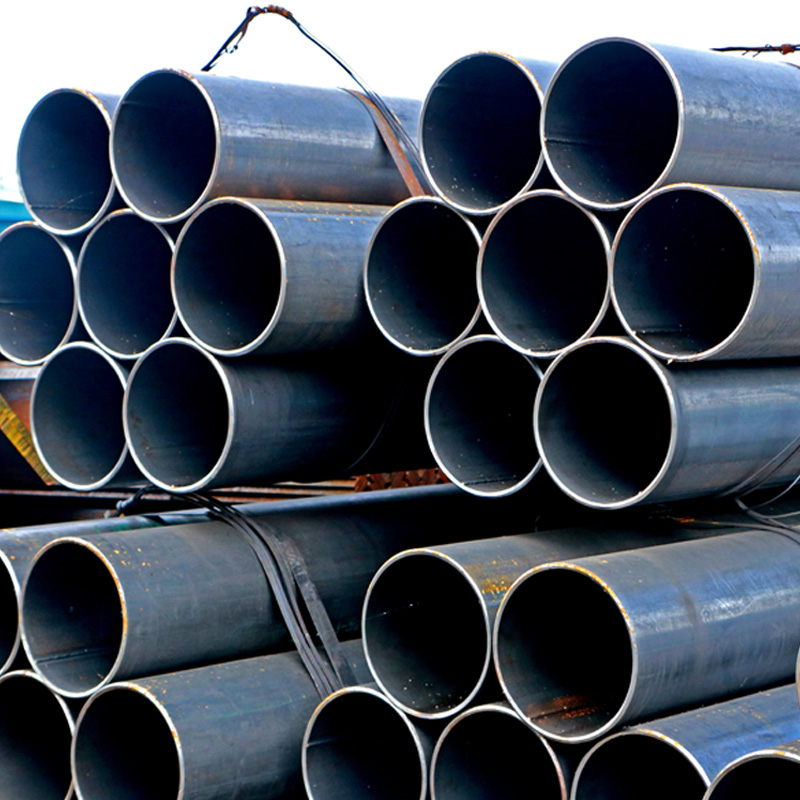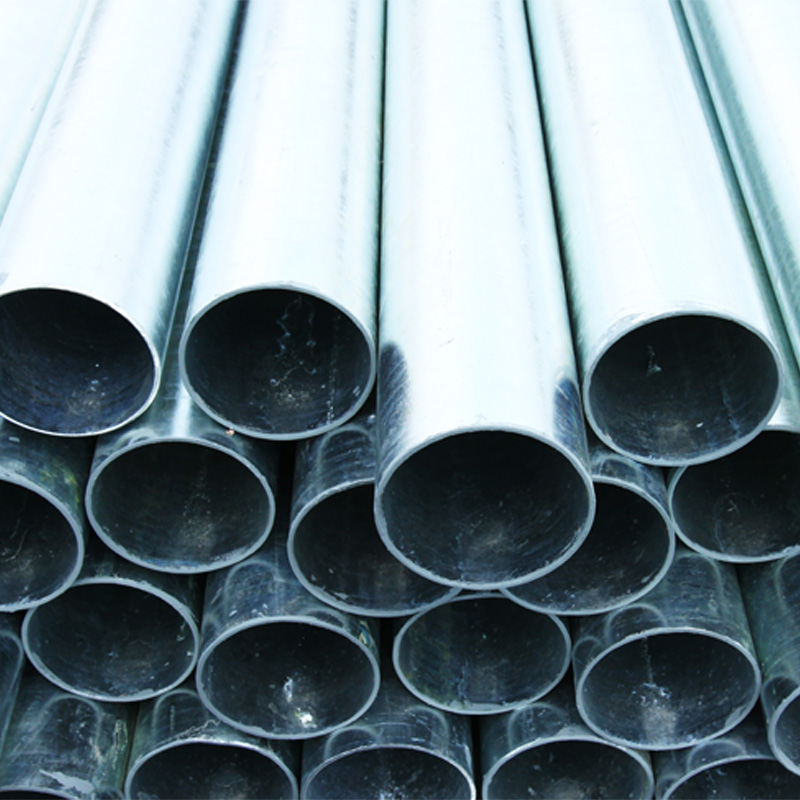How is the Galvanizing Process Done?
The galvanizing process is the coating of steel surfaces with zinc and is generally performed using two main methods: hot-dip galvanizing and electrolytic galvanizing.
Hot-Dip Galvanizing: In this method, steel pipes are immersed in a bath of molten zinc. The zinc completely coats the pipe surface, providing strong protection against corrosion. This method is more commonly used since it creates a thick and durable coating.
Electrolytic Galvanizing: Electrolytic galvanizing involves using an electric current to apply the zinc coating. It produces a thinner coating but is often less durable. This method is usually preferred for decorative purposes.
As a result of the galvanizing process, pipes are protected from environmental effects and oxidation, significantly extending their lifespan.
What are the Advantages of Galvanized Pipes?
Galvanized pipes offer many advantages and have a wide range of uses. Here are some of these advantages:
Corrosion Resistance: Thanks to the galvanizing process, pipes provide superior protection against moisture, water, and other environmental factors. This feature is one of the most emphasized advantages by galvanized pipe manufacturers.
Long Lifespan: Due to their zinc coating, galvanized pipes maintain their durability for many years. This significantly reduces maintenance and replacement costs.
Economic Solution: Although the initial cost of galvanized pipes may seem high, their long-term durability and low maintenance needs make them an economical solution.
Aesthetic Appearance: Among the features of galvanized pipes, aesthetic appearance is also significant. Their shiny and clean surface makes them an attractive option for both industrial and decorative uses.
Easy Workability: Galvanized pipes can be easily cut, bent, and welded. These features provide flexibility in various applications.
What are the Differences Between Galvanized Pipes and Black Pipes?
There are a few fundamental differences between galvanized pipes and black pipes. Here is a detailed explanation of these differences:
Corrosion Resistance: Galvanized pipes offer superior resistance to corrosion thanks to their zinc coating, whereas black pipes carry a risk of corrosion and usually start rusting in a short time.
Service Life: The lifespan of galvanized pipes is much longer compared to black pipes. This provides a significant advantage, especially in outdoor applications.
Cost: Initially, black pipes might seem like a cheaper option, but the long-lasting nature of galvanized pipes makes them more advantageous in terms of total cost.
Application Areas: Black pipes are typically preferred for indoor applications or temporary solutions, while galvanized pipes can be used in both indoor and outdoor settings.
Appearance: While galvanized pipes feature an aesthetic surface, black pipes generally have a more matte and raw appearance.
Galvanized Pipe Manufacturers and Quality Standards
The quality of galvanized pipes depends on the standards in the production process. Many galvanized pipe manufacturers in Turkey and worldwide prioritize quality to offer durable and reliable products. Quality production makes a big difference in terms of the properties of galvanized pipes. Factors such as the thickness of the zinc coating, production method, and suitability for the application area directly affect the performance of these pipes.
Things Galvanized Pipe Manufacturers Should Pay Attention To
Galvanized pipe manufacturers should pay attention to certain steps to maximize the quality of their products:
Use of Quality Raw Materials: The quality of the steel pipes selected for the galvanizing process is of great importance. Manufacturers can ensure the longevity of their products by using durable and pure materials.
Proper Galvanizing Techniques: In galvanized pipe production, hot-dip galvanizing is one of the most common methods. This method produces a protective zinc layer that fully coats the pipes' surface.
Compliance with Standards: Galvanized pipe manufacturers should produce in accordance with local and international standards. These standards play a critical role in the durability and safety of the pipes.
Quality Control: After the production of galvanized pipes, the quality control process should be thoroughly applied. It should be tested whether the zinc coating is uniform and the resistance level against corrosion is sufficient.
If galvanized pipe manufacturers pay attention to these factors, they can produce long-lasting and durable products.
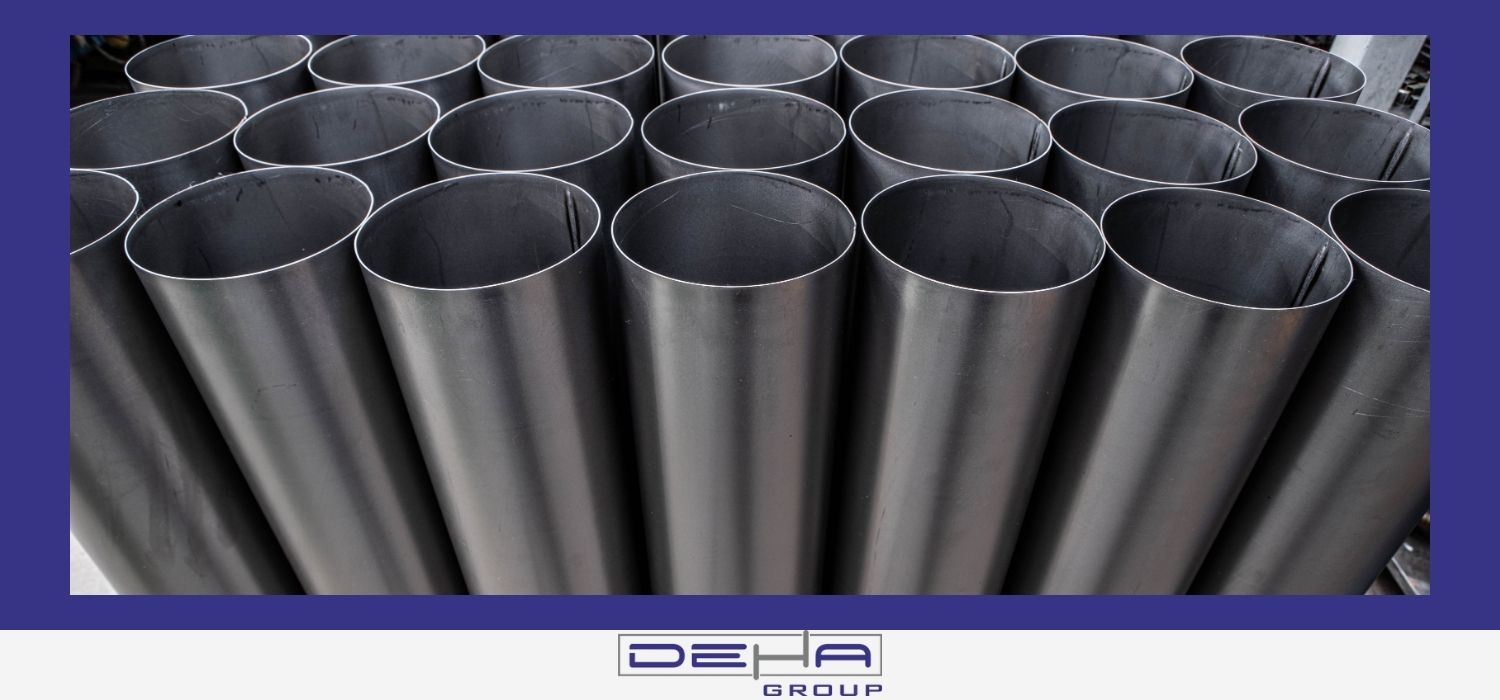
What Materials Are Used in the Galvanizing Process?
The galvanizing process is applied to make pipes resistant to rust. The following materials are used in this process:
Zinc: The main material of the galvanizing process. It coats steel pipes and provides resistance against rust.
Steel Pipe: The primary material to be subjected to the galvanizing process.
Acids and Cleaners: Before the galvanizing process, the surface of the pipes is cleaned. Acids and industrial cleaners are used in this cleaning process.
Can Galvanized Pipes Be Used in Drinking Water Lines?
Galvanized pipes have been commonly used in drinking water lines, but modern standards and technologies have limited this area of use. Galvanized pipe manufacturers develop special techniques to minimize the zinc coating's rate of release into the water. However, if the zinc coating wears off over time, there is a risk of the pipes releasing questionable substances into drinking water. Therefore, most experts recommend plastic or stainless steels for drinking water lines.
If galvanized pipes are to be used in drinking water lines, the chemical composition of the water should be carefully analyzed. Excessively hard or acidic water can shorten the lifespan of galvanized pipes.
What are the Features of Galvanized Pipes?
The features of galvanized pipes make them a preferred choice in numerous sectors. Galvanized pipe manufacturers work to maximize these features. Here are the main features of galvanized pipes:
Rust Resistance: The galvanizing process creates a protective layer on the pipes' surface, preventing rust.
Long Lifespan: With proper use and maintenance, galvanized pipes can remain durable for decades.
Mechanical Durability: Galvanized pipes are resistant to physical impacts and heavy loads due to their steel structure.
Aesthetic Appearance: The galvanized coating gives the pipes a shiny and clean look.
Easy Installation: Galvanized pipes are produced in standard sizes, making them easy to install and suitable for use in many areas.
Galvanized pipes are favored in construction, agriculture, industry, and many other fields. Galvanized pipe manufacturers can better respond to market demands by enhancing these features.
Galvanized pipes are preferred in many industries due to their durability and versatility. Advantages like long lifespan, rust resistance, and aesthetic appearance make these pipes stand out. Galvanized pipe manufacturers can maximize these features by using quality materials and meticulous production. With the right selection and use, galvanized pipes offer a solution that can be safely used for many years.

 TR
TR

